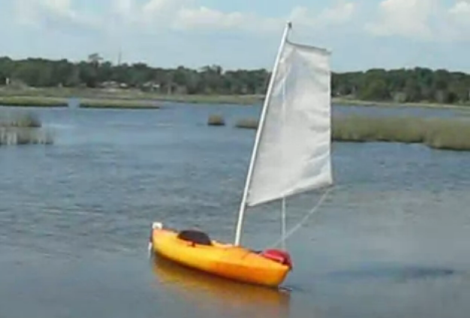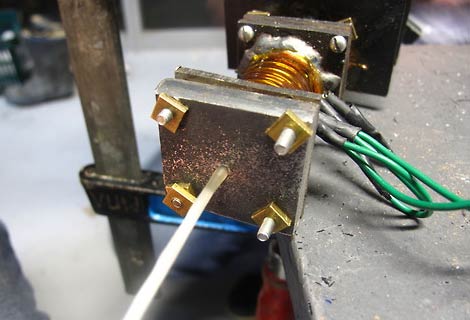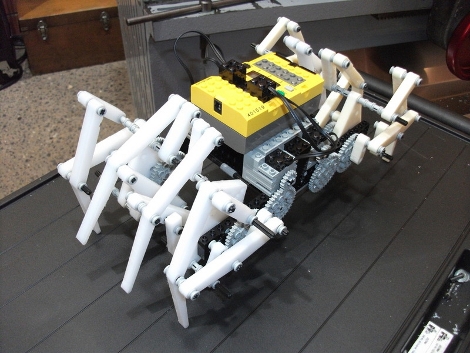
This kayak to sailboat conversion is well done and makes for an interesting project. But even if you’re not going to be hitting the water on one of your own, the construction techniques are a useful resource to keep in mind. Many of the alterations were done with a plastic welding iron.
[RLZerr] shows off the materials that went into the build right at the beginning of the video which you’ll find after the break. His kayak is made of High Density Polyethylene and he uses other HDPE scraps, PCV parts, and even some aluminum to make everything. To weld HDPE together he uses a plastic welding iron that is like a cross between a soldering iron and a hot glue gun. It has a pad tip that gets hot enough to melt the plastic, but also includes a channel through which additional HDPE filament can be fed to bulk up the connections.
Additions to the kayak include a centerboard, rudder, and mast. The sail is a plastic tarp attached to the PVC mast which has been stiffened with a wooden shovel handle in its core. The rudder and centerboard are aluminum attached to PVC pipes using JB weld. The boat catches the wind easily, but without outriggers [RLZerr] must be careful not to let a big gust swamp him.
Continue reading “Kayak To Sailboat Conversion Shows How To Weld Plastics”














